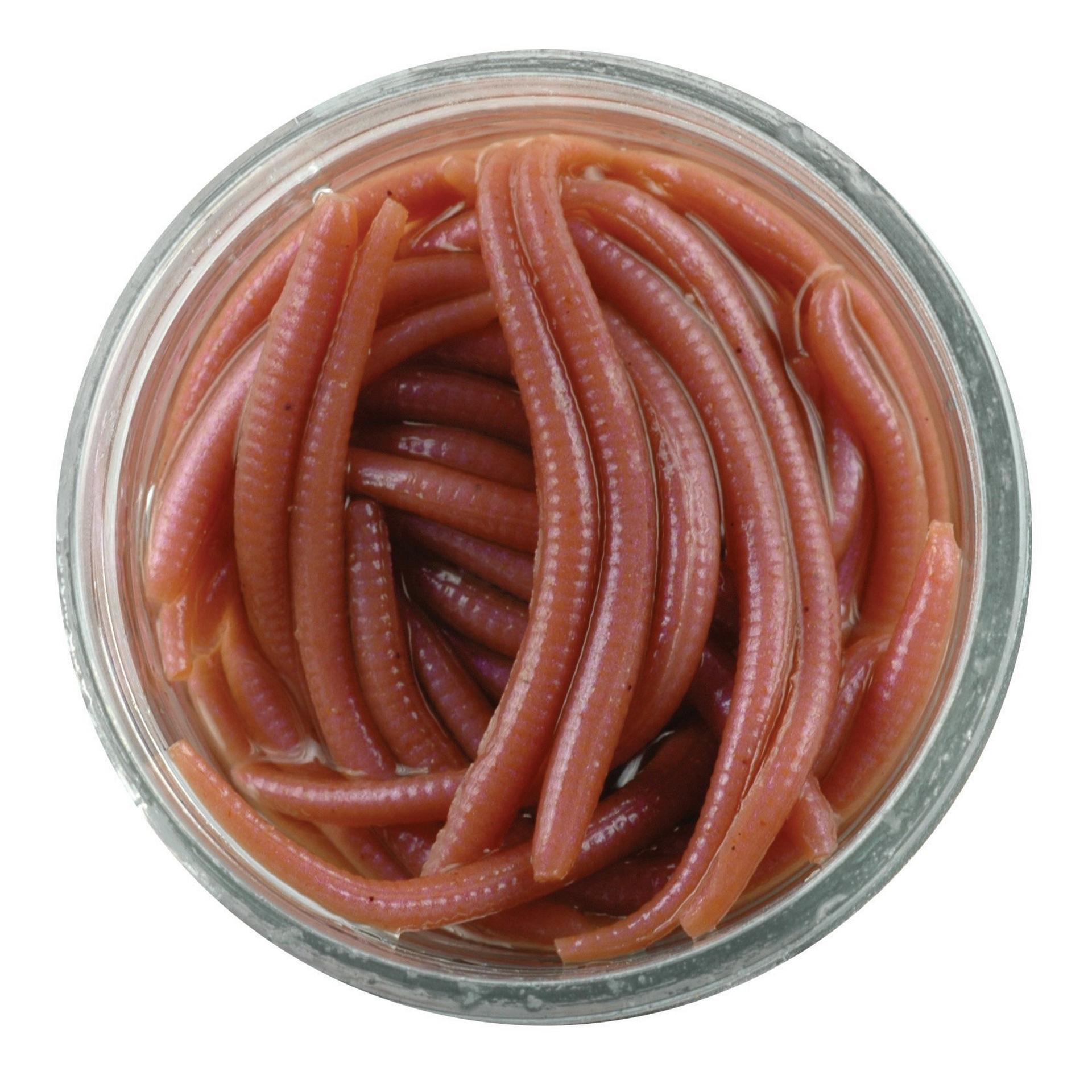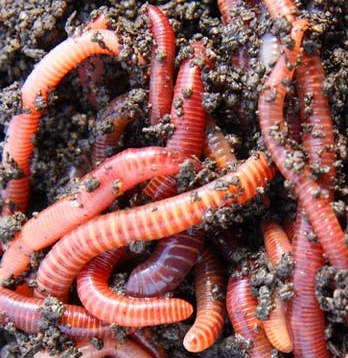Getting My Where To Find Red Wigglers To Work
Wiki Article
6 Easy Facts About Where To Find Red Wigglers Explained
Table of ContentsNot known Details About Where To Find Red Wigglers About Where To Find Red Wigglers6 Simple Techniques For Where To Find Red WigglersThe Definitive Guide for Where To Find Red WigglersThe Only Guide to Where To Find Red WigglersIndicators on Where To Find Red Wigglers You Need To Know
For best outcomes, you want to shoot for about 60-70% wetness degree. At the excellent wetness levels which is just under 70% that handful need to barely yield one decrease of liquid.
The Indian Blue is voracious, yet additionally chooses a warmer climate and it likewise shows a propensity to run away the container. The red wiggler is a hardy worm and isn't as picky about its environment. I such as to call it the Ford Taurus of vermicomposting worms; you will not brag to your hardcore composting friends that you have them, but they will certainly serve you well.
Like any various other bait, a worm's effectiveness has involved depend upon its presentation. H.G. "Tap" Tapply emphasized this point nearly a half century ago in among his Area & Stream columns. "A worm is such a shapeless creature," he created, "there does not appear to be significantly an angler can do with it other than jab it on a hook and toss it into the water." However as Faucet demonstrated, an angler can do a great offer to make a worm much more enticing.
Top Guidelines Of Where To Find Red Wigglers
I believe you will also if you try them. The smaller sized the trout stream, the much better worms work is an axiom that hasn't altered in the 100-plus years since Perry wrote his write-up. Fishermens of his age merely stuck their weak fishing pole with alder tangles and dropped a weighted worm into a deep hole.Morning is prime feeding time, and the lightweight lure's sluggish descent leaves 5 inches of wriggling protein in full sight for a long time. After you have actually made the cast, keep the bond open and put the rod in a forked stick. The line will certainly drop off the rod in sluggish loops as the worm clears up, yet extra often than not the slow loopholes will certainly become a blur, and the early morning will instantly get instead intriguing.
You can fish deep and cover a great deal of territory, and the crawler appears to be the perfect touch for this transitional time, when the smallmouths have yet to lock on to a favored forage. Dark jigsblack, brownish, and purpleseem to match the nightcrawler's color. I generally use an entire 'crawler, favor marabou clothing, and drop the rod for 2 or 3 secs when I get a hit.
If it's there, set the hook with a sweep rather than a jerk. When in a while you'll find yourself hooked to those slow-moving, hearty tugs, and feel the weight of a great walleye.
Some Known Incorrect Statements About Where To Find Red Wigglers
When the hefty walleyes proceed to the big-water shoals in the late summer season, try pursuing them with a bucktail jig and a 1-inch pinch of nightcrawler. The bait covers the hook point, disperses weeds, and offers a taste of prey. With absolutely nothing dangling or flapping, it remains safe and secure despite existing, casts, or enthusiastic panfish.Whether you're wading or angling from a watercraft, drifting worms is just one of the great searching methods for bigger rivers. For trout, a spade-dug, 4-inch yard worm is the appropriate size; for bass, walleyes, and steelhead, a nightcrawler may be a better choice. The key is to drift the bait via feeding and holding areas because fish in current are not mosting likely to chase after down the bait, as they may in still water.
Strikes will come my website as a sharp yank as opposed to a pull or rap. Fish the transitions: mouths of tributaries, bank-side slicks, and the edges of big pools. As the late Ed Zern, Field & Stream's great humorist, when put it: Fishermens are born honest yet they overcome it. His rule uses to any variety of angling maneuvers, including the matter of including an item of worm to a damp fly.

The Ultimate Guide To Where To Find Red Wigglers
Include a couple of hundred worms and feed them 2 times a week. Keep the bed linen moist however not damp. On the food selection: lettuce, fruit and veggie waste, and the occasional nongreasy extra.Simply like veggie scraps, you can take your utilized coffee premises and add them to a worm box. Worms like eating coffee premises. With the best problems and damp, healthy and balanced dirt, worms can live in a bucket of dirt for around 3 weeks. Shop out of direct sunlight and maintain at a temperature between 50 and 80 degrees.
When the hefty walleyes relocate on to the big-water shoals in the late summer, try going after them with a bucktail jig and a 1-inch pinch of nightcrawler. The bait covers the hook point, deflects weeds, and uses a preference of target. With absolutely nothing dangling or waving, it remains safe and secure no matter existing, casts, or enthusiastic panfish.
About Where To Find Red Wigglers
Whether you're wading or fishing from a boat, wandering worms is one of the excellent searching techniques for larger rivers. Where To Find Red Wigglers. For trout, a spade-dug, 4-inch yard worm is the appropriate size; for bass, walleyes, and steelhead, a nightcrawler may be a far better choice. The trick is to wander the lure via feeding and holding locations since fish in current are not mosting likely to chase after down the bait, as they might in still waterFish the shifts: mouths of tributaries, bank-side slicks, and the sides of big pools. His adage uses to any type of number of angling maneuvers, including the issue of including an item of worm over here to a wet fly.
But elevating your own lure indicates you can unclothe your house and struck the pond prior to Mother comes homejust like in the old days. Below's just how to keep a worm box: Cut a sheet of CDX-grade plywood, which is made with water-resistant glues, to your measurements. Nail it with each other and pierce a loads 12-inch holes in all-time low for water drainage.
Where To Find Red Wigglers Can Be Fun For Anyone
Load it with shredded newspaper, leaves, peat moss, and dirt. Moisten gently. Cover and let rest for a week. Add a few hundred worms and feed them 2 times a week. Maintain the bed linen damp yet learn this here now not wet. On the food selection: lettuce, fruit and veggie waste, and the periodic nongreasy extra.Similar to veggie scraps, you can take your used coffee grounds and include them to a worm box. Worms love eating coffee grounds. With the appropriate conditions and moist, healthy and balanced soil, worms can live in a pail of dirt for around three weeks. Shop out of straight sunshine and keep at a temperature level between 50 and 80 levels.
Report this wiki page